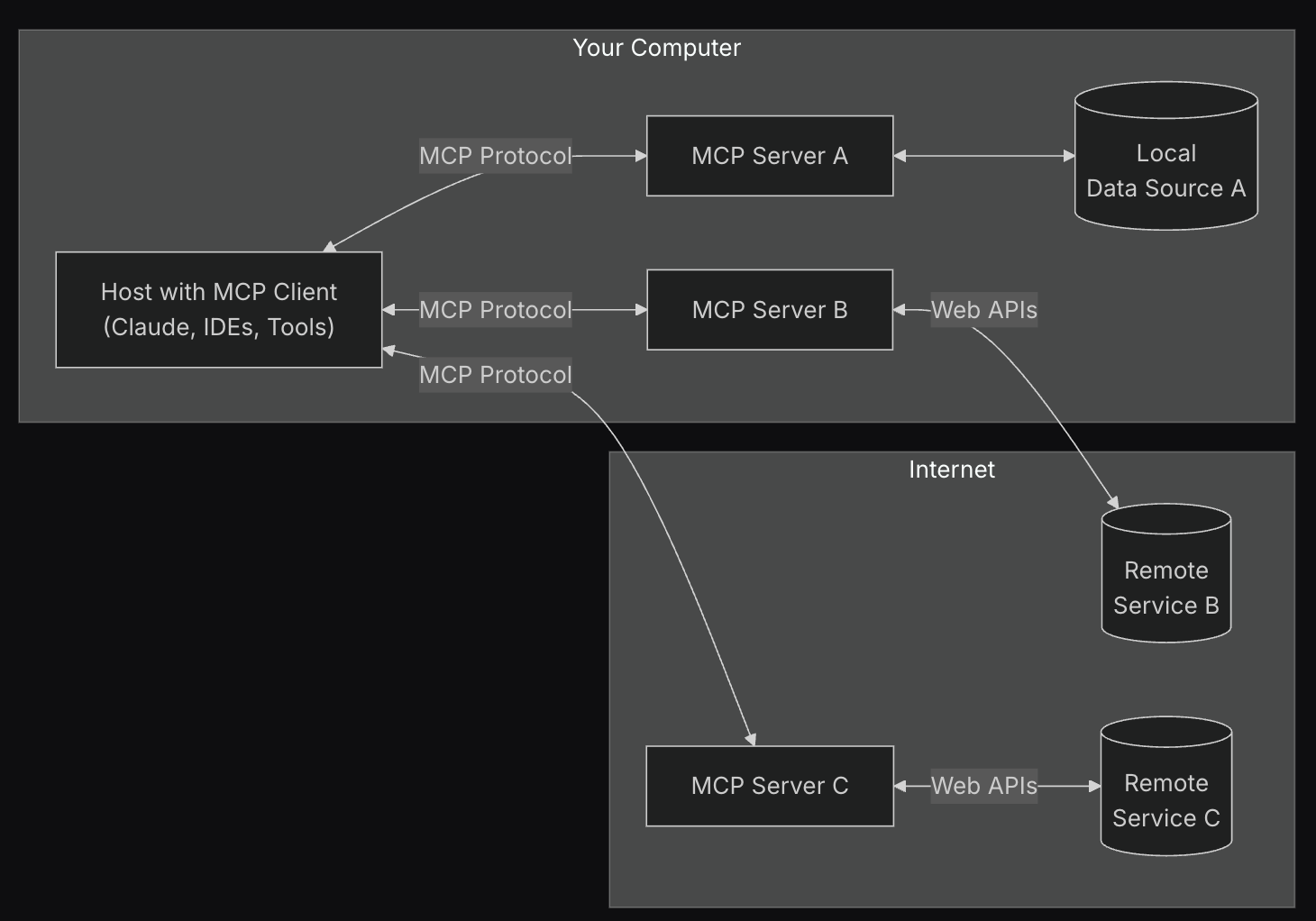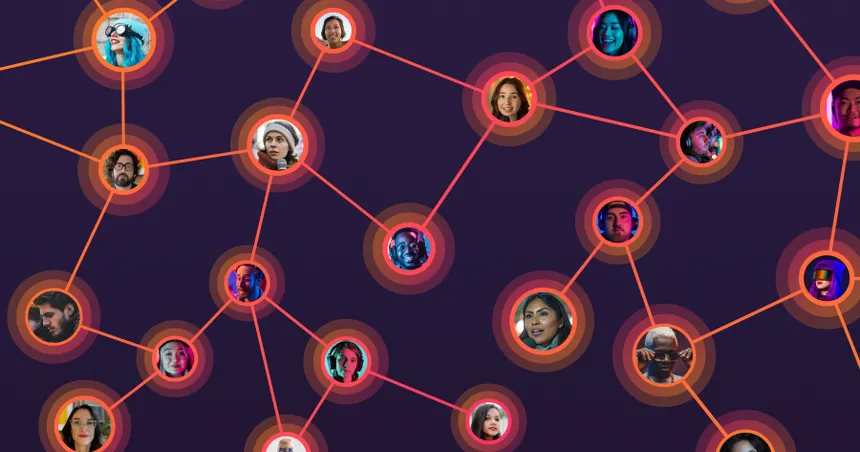
Generative AI, while offering immense potential, also presents significant ethical challenges. Understanding these challenges and adopting responsible practices is crucial for ensuring that generative AI is used for good and that its potential harms are mitigated. This lesson will explore the key ethical considerations surrounding generative AI, including bias, privacy, misinformation, and job displacement, and provide practical strategies for responsible development and deployment.
Understanding Bias in Generative AI
What is Bias?
Bias in generative AI refers to systematic and unfair prejudices or discriminations that can arise in the data used to train these models, the algorithms themselves, or the way these models are deployed. This bias can lead to outputs that perpetuate or amplify existing societal inequalities.
Example: A generative AI model trained on a dataset of predominantly male faces might struggle to accurately generate or recognize female faces, or might associate certain professions more strongly with one gender than another.
Sources of Bias
Bias can creep into generative AI systems at various stages:
- Data Bias: The training data may not accurately represent the real world. This can be due to:
- Historical Bias: Data reflecting past societal biases (e.g., datasets showing men in leadership roles more often than women).
- Sampling Bias: Data collected in a way that over- or under-represents certain groups (e.g., using only data from a specific geographic region).
- Representation Bias: Certain groups are not adequately represented in the dataset (e.g., lack of diversity in facial recognition datasets).
- Algorithmic Bias: The design of the AI model itself can introduce bias. This can be due to:
- Feature Selection: Choosing features that are correlated with protected attributes (e.g., using zip code as a proxy for race).
- Optimization Criteria: Optimizing the model for overall accuracy without considering fairness metrics for different groups.
- Deployment Bias: The way the AI system is used can lead to biased outcomes. This can be due to:
- Unequal Access: Certain groups may not have equal access to the benefits of the AI system.
- Feedback Loops: The AI system’s outputs can influence future data, reinforcing existing biases.
Mitigating Bias
Addressing bias requires a multi-faceted approach:
- Data Auditing and Preprocessing:
- Data Collection: Ensure diverse and representative datasets. Actively seek out and include data from underrepresented groups.
- Bias Detection: Use tools and techniques to identify and measure bias in the data.
- Data Balancing: Adjust the dataset to balance the representation of different groups. This might involve oversampling minority groups or undersampling majority groups.
- Data Augmentation: Create synthetic data to augment the dataset and improve representation.
- Algorithmic Fairness:
- Fairness Metrics: Use fairness metrics to evaluate the model’s performance across different groups. Common metrics include:
- Equal Opportunity: Ensuring that different groups have equal chances of receiving a positive outcome.
- Demographic Parity: Ensuring that the proportion of positive outcomes is the same across different groups.
- Equalized Odds: Ensuring that different groups have equal true positive and false positive rates.
- Fairness-Aware Algorithms: Use algorithms that are designed to minimize bias and promote fairness.
- Regularization Techniques: Apply regularization techniques to prevent the model from overfitting to biased data.
- Fairness Metrics: Use fairness metrics to evaluate the model’s performance across different groups. Common metrics include:
- Transparency and Explainability:
- Model Explainability: Use techniques to understand how the model makes decisions. This can help identify and address sources of bias.
- Transparency: Be transparent about the limitations of the AI system and the potential for bias.
- Monitoring and Evaluation:
- Continuous Monitoring: Continuously monitor the AI system’s performance for bias and fairness.
- Regular Audits: Conduct regular audits to assess the AI system’s impact on different groups.
Example: Imaginarium Inc. is developing a generative AI model to create personalized marketing content. They realize that their initial training data primarily features images of younger adults. To mitigate age bias, they actively collect and incorporate images of older adults, ensuring a more balanced representation across age groups. They also use fairness metrics to evaluate the model’s performance in generating content that appeals to different age demographics.
Hypothetical Scenario: A hospital uses a generative AI model to predict patient readmission rates. If the model is trained on biased data that over-represents certain demographic groups, it could lead to inaccurate predictions and unequal access to preventative care for other groups.
Privacy Considerations
Data Privacy and Generative AI
Generative AI models often require vast amounts of data to train effectively. This raises significant privacy concerns, especially when the data contains personal or sensitive information.
Privacy Risks
- Data Leakage: Generative AI models can inadvertently leak information about the training data. This can occur through:
- Membership Inference Attacks: Determining whether a specific data point was used to train the model.
- Attribute Inference Attacks: Inferring sensitive attributes about individuals based on the model’s outputs.
- Model Inversion Attacks: Reconstructing the training data from the model’s parameters.
- Data Misuse: Data collected for training generative AI models could be used for purposes other than those originally intended.
- Lack of Consent: Individuals may not have consented to their data being used to train generative AI models.
Privacy-Enhancing Technologies
Several techniques can be used to mitigate privacy risks:
- Differential Privacy: Adding noise to the training data or the model’s outputs to protect individual privacy. This ensures that the model’s behavior does not change significantly whether or not a particular individual’s data is included in the training set.
- Federated Learning: Training the model on decentralized data sources without directly accessing the data. This allows the model to learn from a large amount of data while preserving the privacy of individual data owners.
- Secure Multi-Party Computation (SMPC): Allowing multiple parties to jointly compute a function on their private data without revealing the data to each other.
- Homomorphic Encryption: Performing computations on encrypted data without decrypting it.
- Data Anonymization and Pseudonymization: Removing or replacing identifying information in the training data. However, it’s important to note that anonymization is not always foolproof, as re-identification attacks are possible.
Example: Imaginarium Inc. is using generative AI to create personalized avatars for its users. To protect user privacy, they employ differential privacy when training the model, adding a small amount of noise to the training data to prevent the model from memorizing individual user features. They also allow users to opt-out of having their data used for training the model.
Real-World Application: Healthcare organizations are exploring the use of federated learning to train generative AI models for medical image analysis. This allows them to leverage data from multiple hospitals without sharing sensitive patient data directly.
Hypothetical Scenario: A social media company uses generative AI to create personalized content recommendations. If the company does not implement adequate privacy safeguards, the model could inadvertently reveal sensitive information about users’ interests, beliefs, or relationships.
Combating Misinformation and Deepfakes
The Threat of Misinformation
Generative AI has made it easier than ever to create realistic and convincing fake content, including images, videos, and audio. This poses a significant threat to individuals, organizations, and society as a whole.
Types of Misinformation
- Deepfakes: AI-generated videos or audio recordings that convincingly depict someone saying or doing something they never did.
- Synthetic Media: AI-generated content that is designed to deceive or mislead.
- Disinformation Campaigns: Coordinated efforts to spread false or misleading information using generative AI.
Detection and Mitigation Strategies
- Watermarking: Embedding invisible watermarks into AI-generated content to identify its origin.
- Provenance Tracking: Tracking the origin and history of AI-generated content to verify its authenticity.
- AI-Powered Detection Tools: Developing AI models that can detect deepfakes and other forms of synthetic media.
- Media Literacy Education: Educating the public about the risks of misinformation and how to identify it.
- Content Moderation: Implementing content moderation policies to remove or label misinformation on online platforms.
Example: Imaginarium Inc. is committed to combating misinformation. They implement a watermarking system for all AI-generated content produced by their models. They also actively monitor online platforms for instances of their models being used to create deepfakes or other forms of misinformation.
Real-World Application: Fact-checking organizations are using AI-powered tools to detect and debunk deepfakes and other forms of misinformation.
Hypothetical Scenario: A political campaign uses generative AI to create a deepfake video of an opponent making false statements. This video is then spread widely on social media, potentially influencing the outcome of the election.
Addressing Job Displacement
The Impact on the Workforce
Generative AI has the potential to automate many tasks currently performed by humans, leading to job displacement in certain industries.
Strategies for Mitigation
- Reskilling and Upskilling: Providing workers with the training and education they need to adapt to new roles and responsibilities.
- Creating New Jobs: Investing in research and development to create new jobs in emerging fields related to generative AI.
- Universal Basic Income: Providing a basic income to all citizens, regardless of their employment status.
- Shorter Work Week: Reducing the number of hours in the work week to distribute available jobs more widely.
- Focus on Human-AI Collaboration: Emphasizing the potential for humans and AI to work together, rather than viewing AI as a replacement for human workers.
Example: Imaginarium Inc. recognizes the potential for job displacement due to generative AI. They invest in reskilling programs for their employees, providing them with the opportunity to learn new skills in areas such as AI ethics, data science, and prompt engineering. They also explore new business models that leverage human-AI collaboration.
Real-World Application: Governments and organizations are investing in reskilling and upskilling programs to help workers adapt to the changing job market.
Hypothetical Scenario: A large company automates many of its customer service operations using generative AI. This leads to significant job losses among customer service representatives. The company invests in reskilling programs to help these workers transition to new roles in areas such as AI training and data analysis.
Responsible Development and Deployment
Key Principles
- Human-Centered Design: Designing AI systems that prioritize human well-being and values.
- Fairness and Equity: Ensuring that AI systems do not discriminate against or disadvantage any group of people.
- Transparency and Explainability: Making AI systems understandable and accountable.
- Privacy and Security: Protecting the privacy and security of data used to train and deploy AI systems.
- Accountability: Establishing clear lines of responsibility for the development and deployment of AI systems.
Practical Steps
- Establish an Ethics Review Board: Create a multidisciplinary team to review and approve AI projects from an ethical perspective.
- Develop an AI Ethics Code: Define a set of ethical principles and guidelines for the development and deployment of AI systems.
- Conduct Regular Audits: Conduct regular audits to assess the ethical impact of AI systems.
- Engage with Stakeholders: Engage with stakeholders, including employees, customers, and the public, to gather feedback and address concerns.
- Promote AI Literacy: Educate the public about the potential benefits and risks of AI.
Example: Imaginarium Inc. has established an AI Ethics Review Board composed of experts in AI, ethics, law, and social science. The board reviews all AI projects to ensure that they align with the company’s ethical principles and guidelines. They also conduct regular audits to assess the impact of their AI systems on society.
Real-World Application: Many organizations are developing AI ethics codes and establishing ethics review boards to ensure the responsible development and deployment of AI.
Hypothetical Scenario: A company develops a generative AI model for hiring decisions. The AI Ethics Review Board identifies potential biases in the model and recommends changes to the training data and algorithm to ensure fairness and equity.
By understanding and addressing these ethical considerations, we can harness the power of generative AI for good and mitigate its potential harms. Responsible development and deployment are essential for building trust in AI and ensuring that it benefits all of humanity.
In the next module, we will delve into Generative Adversarial Networks (GANs), exploring their architecture, learning process, and common architectures. Understanding the ethical implications discussed here will be crucial as we explore the practical implementation of these models.





